Media | Articles
7-Eleven’s Connection to Car Culture Is Just Going to Get Better with More Japanese Offerings
The 2025 Corvette ZR-1’s twin-turbocharged V8 produces 1064 horsepower and 828 lb-ft of torque, enormous figures that sound more like settings for computer display resolution than power. Top speed is said to be more than 215 mph, and there’s a special aerodynamics package that makes more than 1200 lb of downforce. It’s the fastest, most aggressive, most supercar-slaying-est Corvette of all time. Also, it’ll fit a 7-Eleven Double Gulp drink in its cupholder. Two of them actually, should you be riding with a friend.
The Double Gulp is the biggest drink 7-Eleven sells, some 50 fluid ounces of your favorite soda. The idea that a thousand-plus-horsepower Corvette can accommodate a couple Double Gulps might be the most American thing of all time—but 7-Eleven isn’t quite the U.S. institution you think it is. In fact, plans are afoot for the ubiquitous convenience store to make some significant changes to its wares, specifically, to add new Japanese food options.
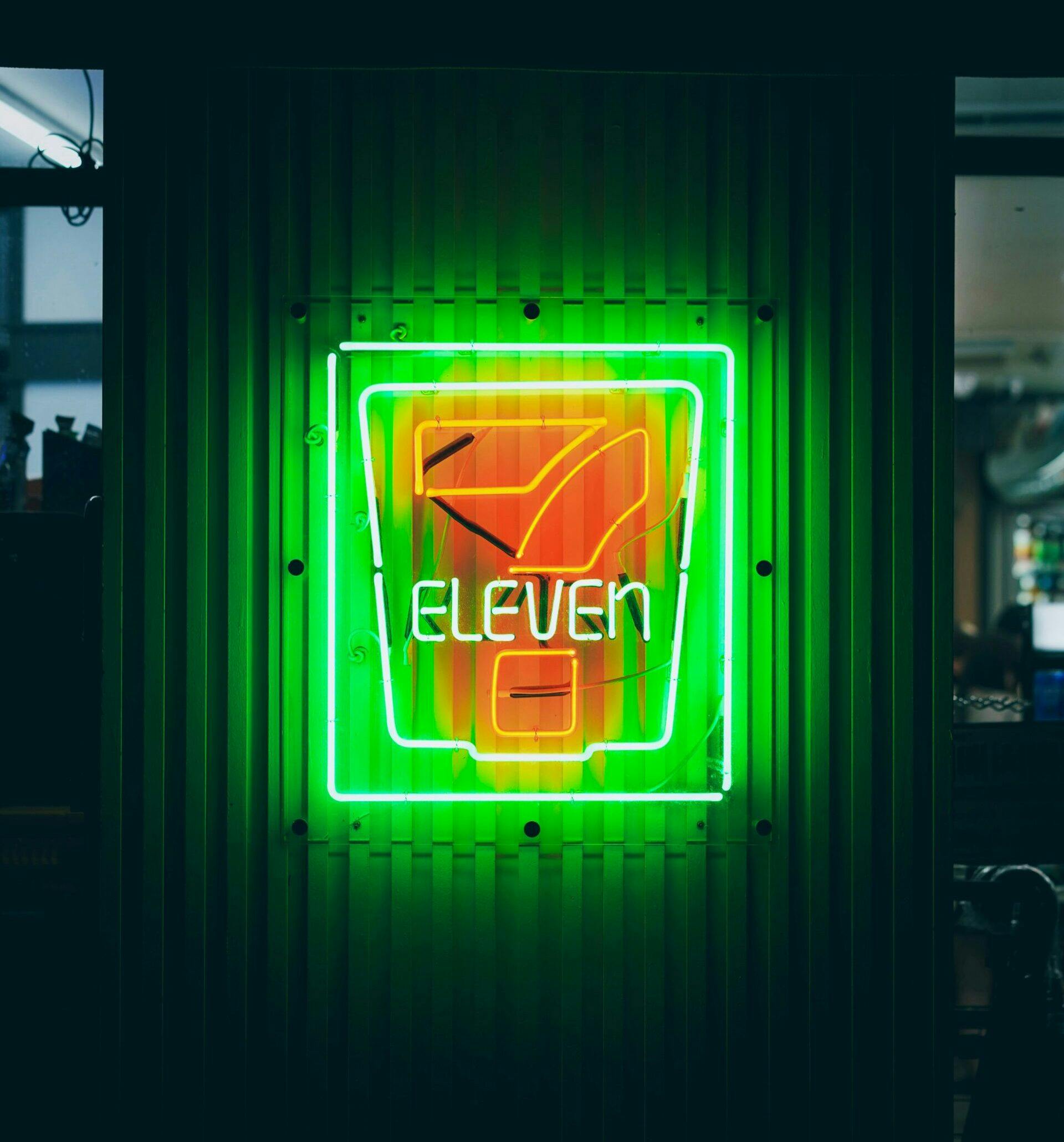
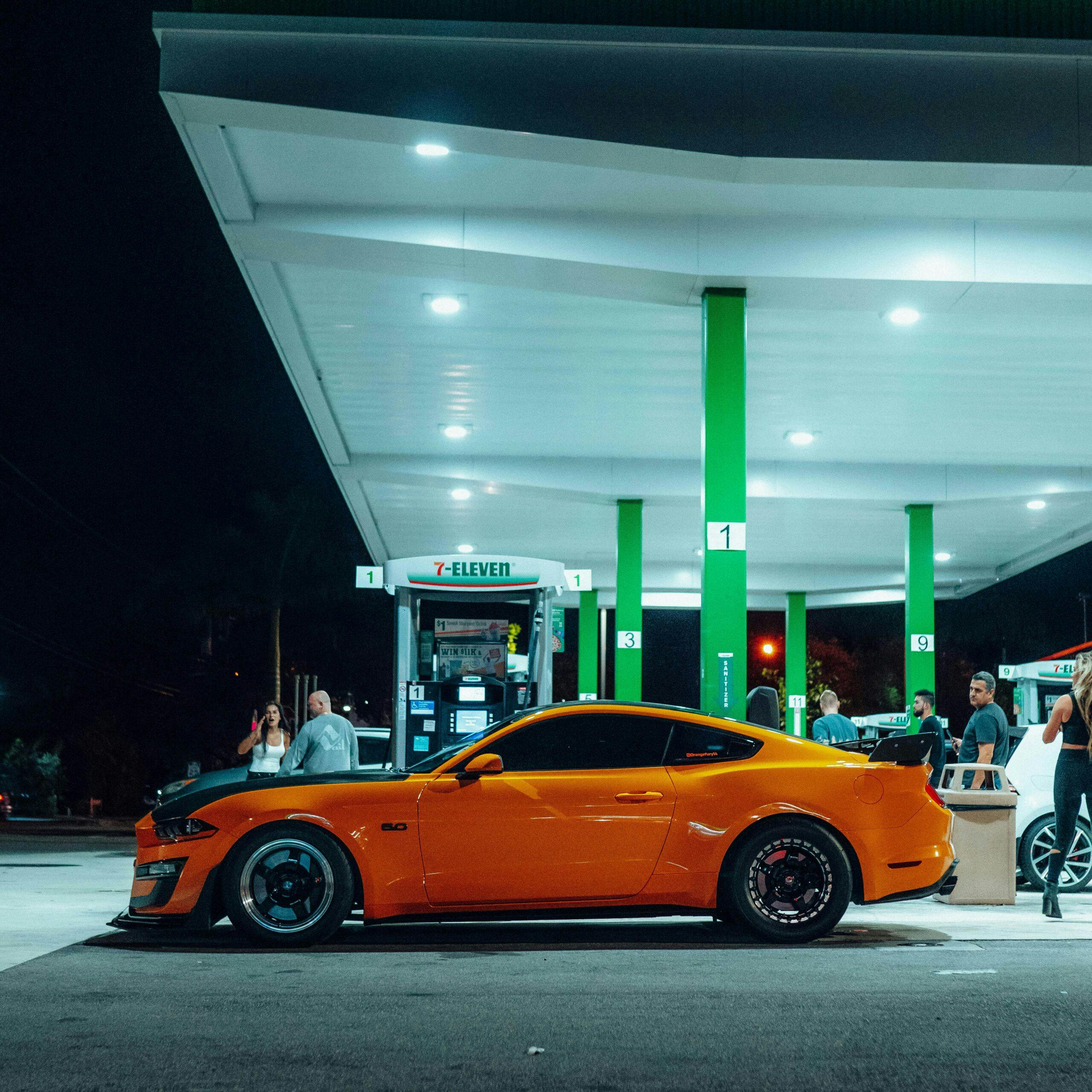
7-Eleven has long been a part of car culture, though perhaps not initially on purpose. The brand’s presence on Instagram is basically 90% car-themed content, up to and including a Red Bull F1 car parked out front of a convenience store. Did Max have a mid-race snack attack? No, it’s just good marketing, and 7-Eleven knows the #CarsOf7ELEVEN hashtag is a great way to get social media users posting, sharing, and creating visibility for their brand for free.
The history of 7-Eleven lines right up with the automotive mobilizations of America, as it came into existence right around the time the last Model T was rolling off the line. Founded in 1927 in Dallas as the Southlands Ice Company, it started from the simple idea that people who were picking up ice for their iceboxes might also be looking for staples like bread, eggs, and milk. The brainwave was kicked off by an employee named John Green, and Southlands owner Joe Thompson ran with it, extending the practice to all sixteen of his stores.


It was the world’s first convenience store, an idea that would spread. Smaller grocery stores did already exist, but the ice house ran longer hours, so was open in the evening if you suddenly discovered you were short of eggs for baking a cake or milk for tomorrow’s breakfast. The idea of having a quick stop for essentials caught on, especially when Thompson decided to add filling stations to some of his locations, drawing in passing motorists.
Marketplace
Buy and sell classics with confidence
In these early days, convenience stores were called everything from “bantams” to “vest-pocket grocery stores,” but the practice spread quickly. Southlands locations started putting totem poles out front and adopting an Alaskan theme, styling the stores as “Tot’em Stores,” as customers could take away their purchases in a tote bag. It was still purely a Texas chain at this point.

The 7-Eleven name wouldn’t come until after WWII, with the company having barely survived the Great Depression and the war-time years. It was taken from its operating hours – 7am to 11pm – which meant that 7-Eleven was open when many other places were shut. Other convenience stores copied the move, but 7-Eleven began expanding, moving into franchising and often taking over competing chains. By the mid-1960s, it was operating several twenty-four-hour locations, meaning you could fill up and get a snack at any time of the night.
So, you have a chain of convenience stores expanding across the nation, and at the same time, a sprawling network of interstate highways starting to connect east and west, north and south. Just as McDonald’s offers the expected fare wherever the road takes you, spotting a 7-Eleven sign meant that a weary traveller knew there was respite and plenty of coffee just up ahead. 7-Eleven was the road-tripper’s friend.

Perhaps even more importantly, with the invention of the Slurpee in 1965, it was a hangout spot with plenty of parking. Into the 1970s, with the addition of self-serve fountain drinks, 7-Eleven became the perfect spot to cruise to with your friends on an aimless summer night. It still is, and if the whole modern social media side of things seems a foreign language, the basic appeal is the same as it ever was. Text your buddy with the ratty-but-rumbly V-8 Mustang or the hopped-up WRX. Meet you there in thirty.
But here, the evolution of 7-Eleven pulls something of a Rockford Files style J-Turn. Or perhaps that should be a Fast and Furious Tokyo Drift because we’re about to jump on a plane to find out how Japanese culture was forever changed by the introduction of 7-Eleven.

Born in 1924 in Tokyo, Masatoshi Ito died last year at the age of 98, having transformed the entire retail structure of Japanese everyday life within his lifetime. Initially, he worked at his family’s Tokyo-based clothing store, but a trip to the U.S. in 1961 expanded his mind to other possibilities. He saw a culture of supermarkets and shopping malls, roads filled with gleaming chrome land yachts, and a booming economy. Ito thought he could bring that culture back with him.
And he was right. First, he established a successful retail chain of supermarkets, Ito-Yokado, which remains one of the largest such chains in the world. More importantly, in 1973, he struck a deal with Southlands, and opened the very first 7-Eleven in Tokyo. Today, there are more than 80,000 7-Eleven locations in the world, and one quarter of those can be found in Japan.
Konbini, the Japanese word for convenience store, are an essential part of Japanese daily living. As a tourist, you can basically eat all your meals at a Japanese 7-Eleven, and not feel like you’re missing out on local cuisine. Everything is fresh, simple, and delicious, from grab-and-go cutlet sandwiches to filled riceballs, cleverly wrapped to prevent the seaweed from getting soggy. Some things get lost in translation (a fish and cheese cold sausage? That’s a pass), but pretty much everything on offer is well above what you’d expect from a run-of-the-mill convenience store.
Also, it’s cheap. Throw in the ability to get cash out at ATMs using North American banking cards, and the 7-Elevens of Japan are a lifeline for any visiting tourists. Along with chief rivals Family Mart and Lawson’s (itself originally a U.S. chain), 7-Elevens are everywhere, convenient for both locals and visitors.

This tremendous success and growth led Ito to first bail-out then takeover 7-Eleven in the U.S. The Japanese division fully acquired 7-Eleven’s US operations in 2005, and continued to grow them. Now, the company is looking to bring that konbini feel to its U.S. stores.
Some of these changes were already present if you knew where to look. 7-Eleven in Hawaii has been fully owned by the 7-Eleven Japan since 1989, and it offers the best Spam Musubi you will ever eat in your life.
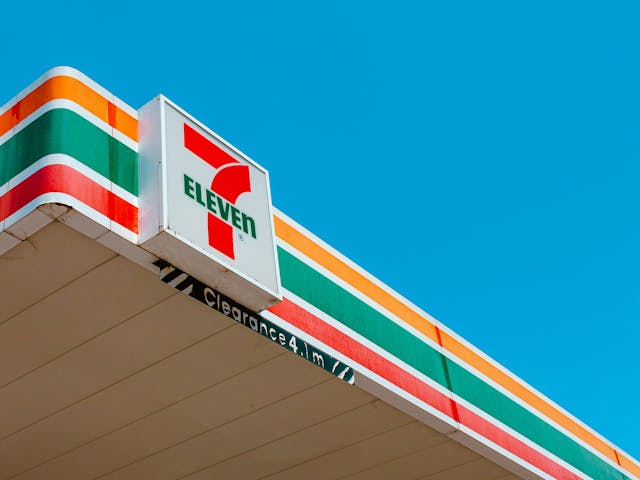
Starting later this year, 7-Eleven plans to roll out more Japanese-style offerings to its U.S. locations, aiming to increase food sales dramatically. Standby favorites like that Big Gulp for your ‘Vette will still be around, but there’ll be rice bowls, sliders, and all kinds of other new items. The key, which will be trickier in the U.S. than in Japan, will be setting up and managing the logistics to get fresher options in store.
But if 7-Eleven can pull it off, it’ll be a gamechanger for roadtrip refueling and late-night snacking. In Japan, car culture and konbini are so intertwined that you can even buy little 7-Eleven dioramas to display your model cars. If the same thing happens on this side of the Pacific, it’ll be just one more excuse for that late night drive.


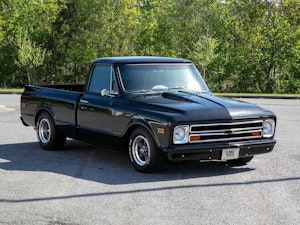


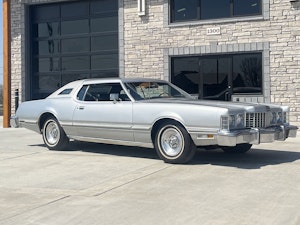














7/11s in Japan are awesome and I’d love for them to revamp their stores here.
Wonderful article about a subject I am increasingly more interested in. The new 7-11 stores in my area have taco stands built in, I need to try one just to see if its as appealing as the content at Japanese 7-11s for locals and tourists alike.